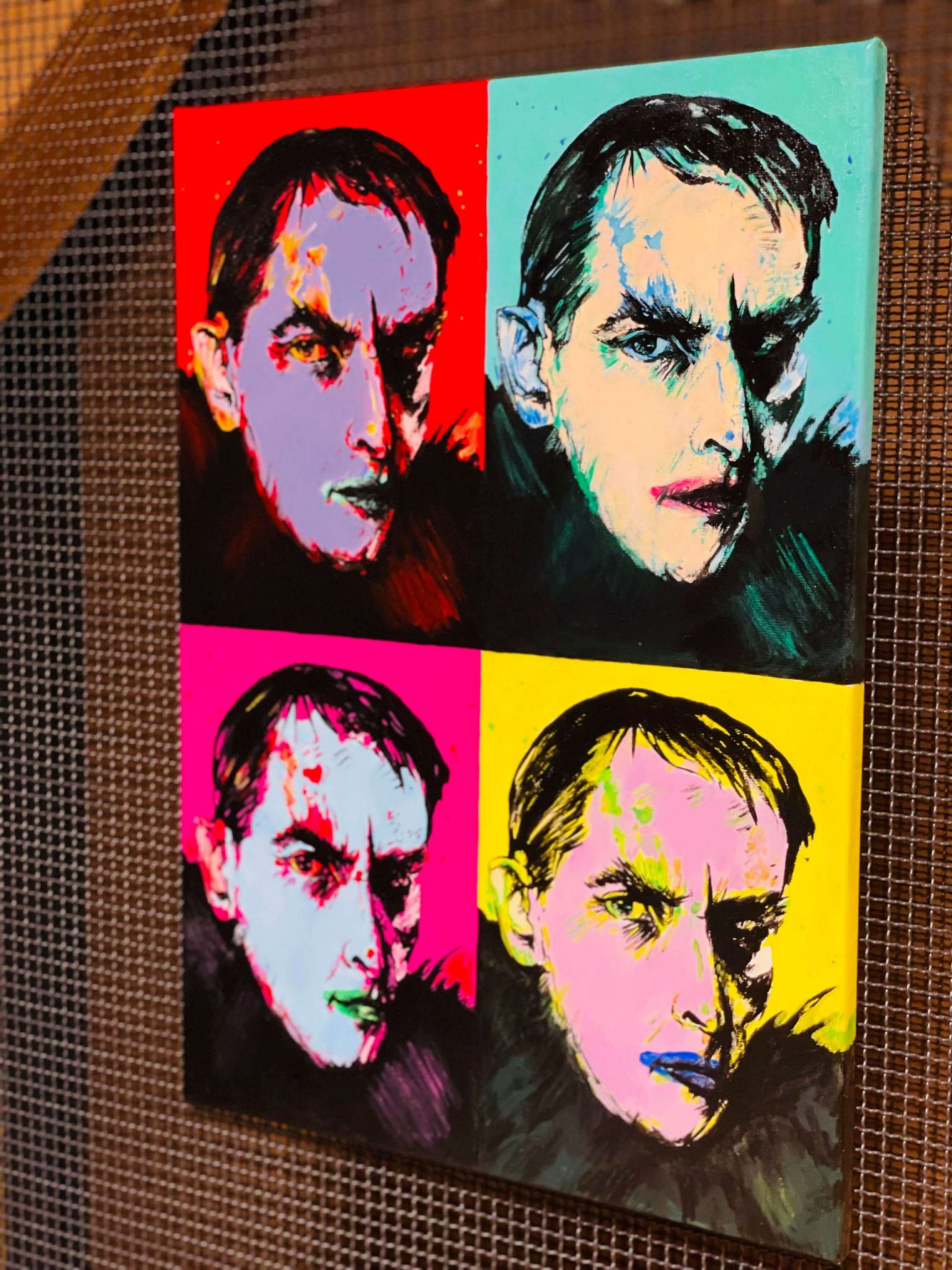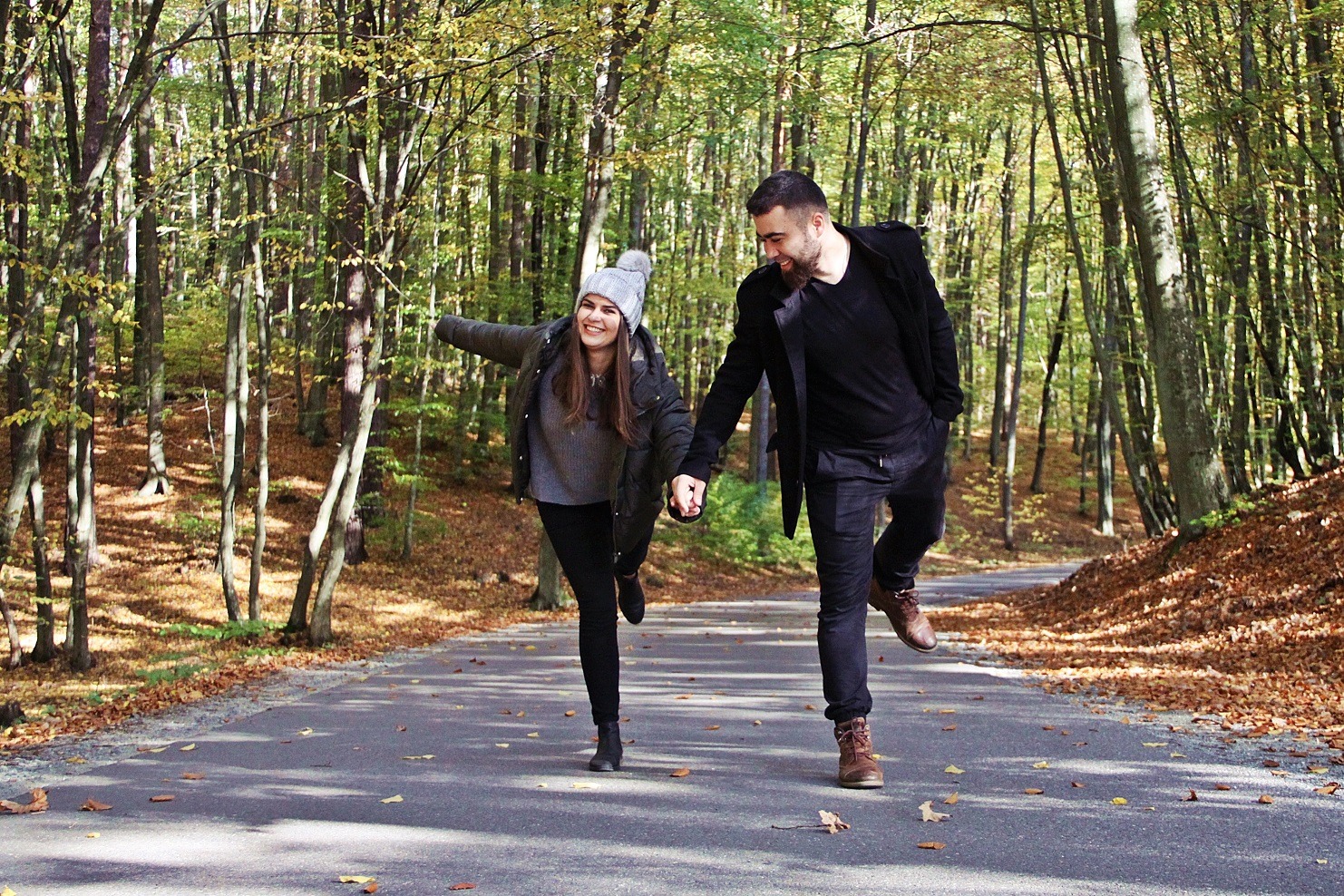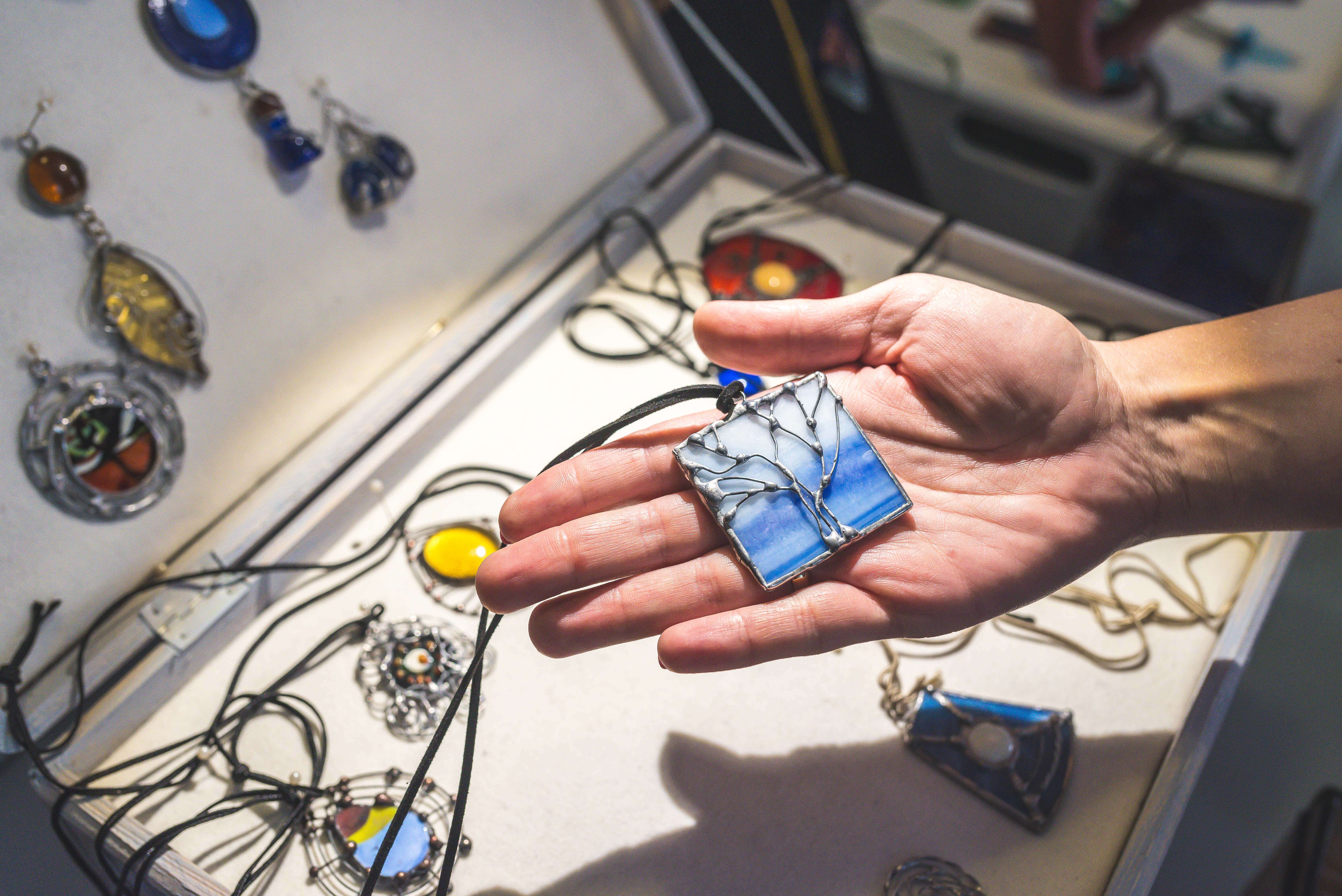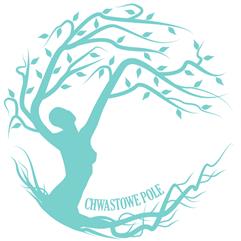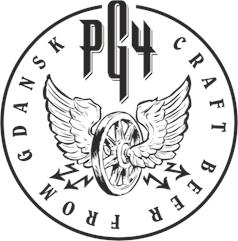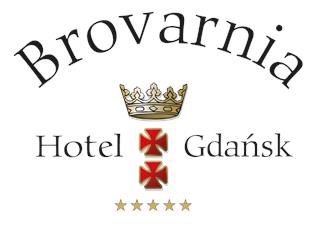Although this technique has been known since ancient times, it hasn’t gained too much recognition in the modern times. Maybe partially because it not only requires imagination from the artist, but also the ability to present their work, as well as incredible manual skills and prowess. Intarsia. Decorative technique, the basis of which is… wood. Intarsia is the focus of the artistic life of Zenon Pląskowski.
Intarsia, from the Italian intarsio, is a decorative technique that has been known for hundreds of years. The first works of art created according to its principles appeared in the ancient times. However, the technique gained popularity in Baroque and Renaissance. Today, it is very rare.
In case of intarsia, wood is the surface, or canvas. It is the base of this original and effective technique. Wooden canvas is inlayed with elements made of different kinds of wood. This makes unique paintings, furniture ornaments, and utilities. And every single one of them can be considered a piece of art.
In order to achieve colour or perspective, the wooden base is inlayed by elements that were burnt, stained, or coloured. Such elements are the base of any intarsia workpiece; they are put in place of cut wood and arranged in shapes and patterns.
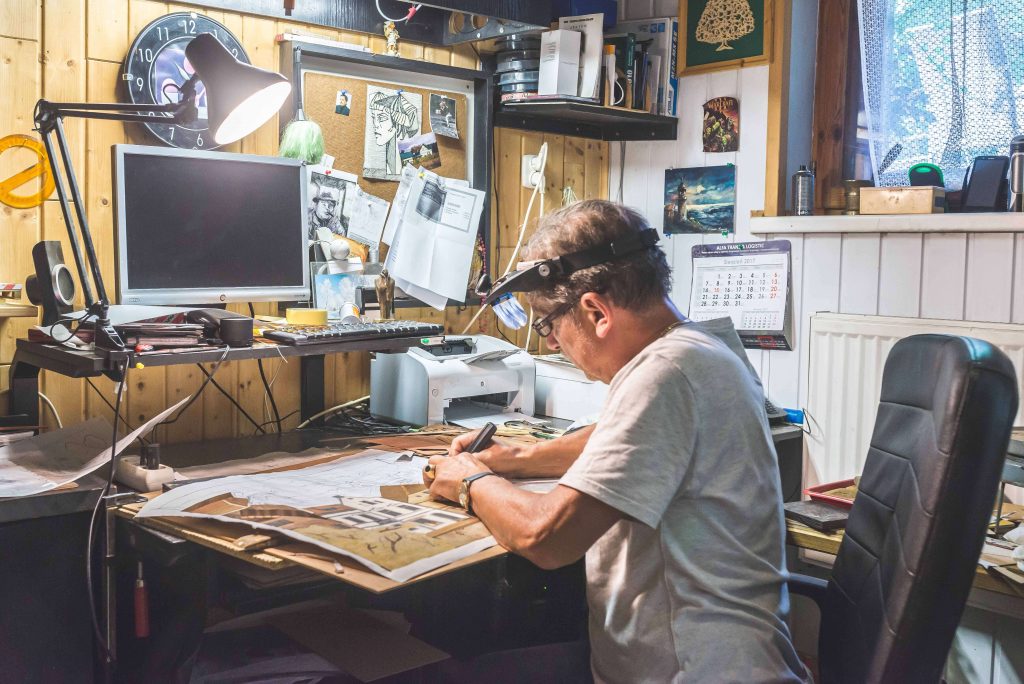
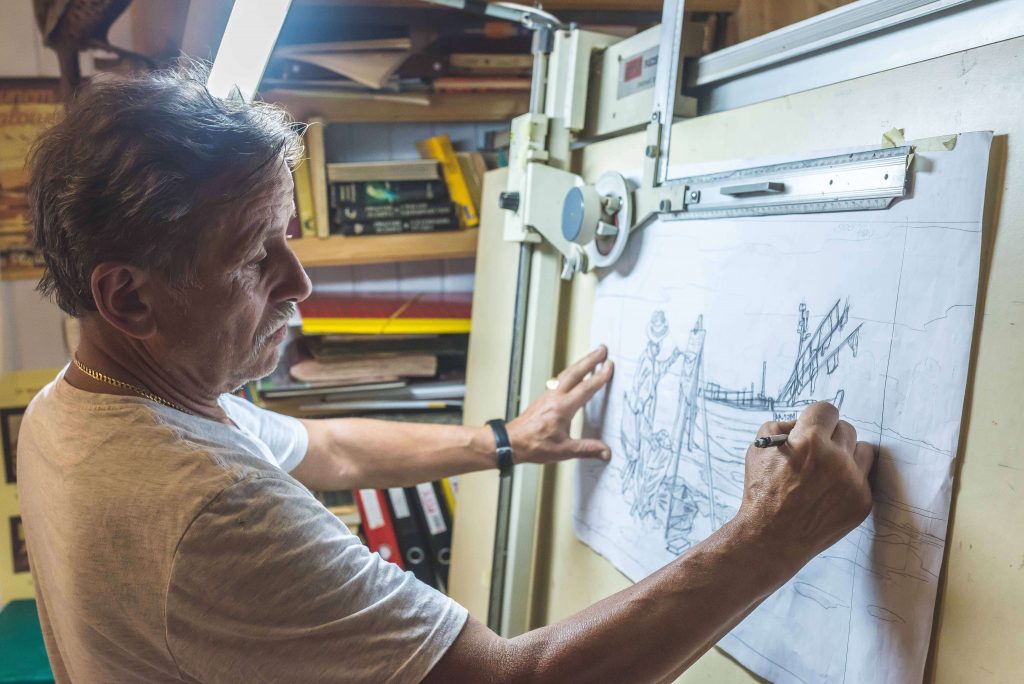
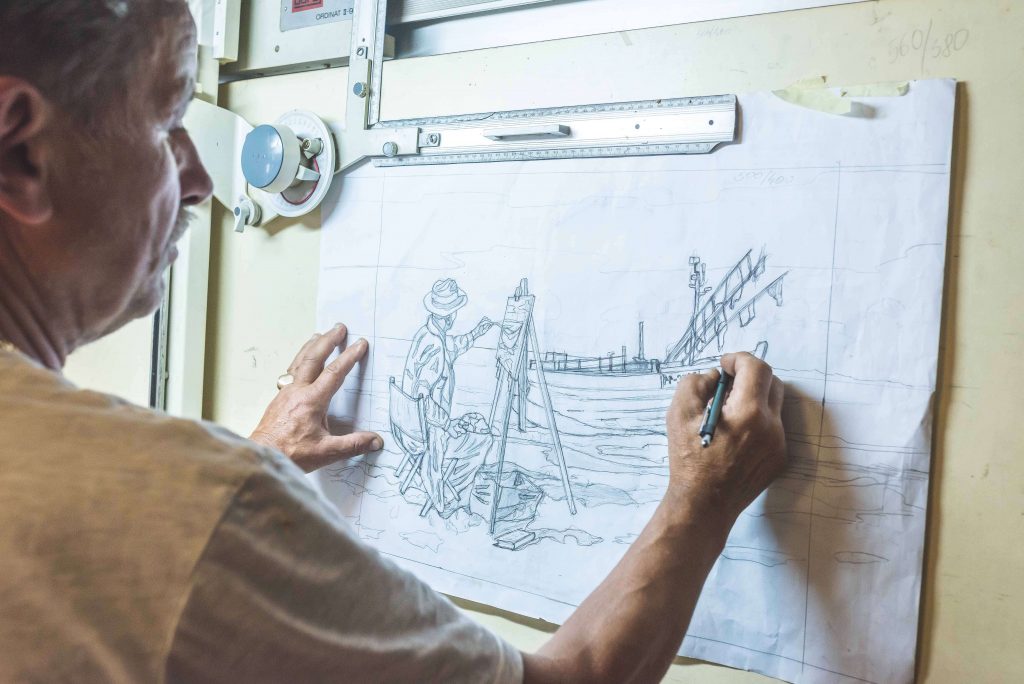
Looking at the works of Zenon Pląskowski, it is hard to believe they are made of wood. Among them are city panoramas, buildings, churches, as well as still life, biblical scenes, or portraits, which are particularly remarkable. The unmistakable, steady cut, strong contours, and playing with colours. Artistry, not only craftsmanship. These are the characteristics of Zenon Pląskowski’s style.
Inspirations? Virtually anything. Among the latest works of the artists, there are both portraits of his loved ones (beloved granddaughters, Hania and Zosia, and grandson Stefan), as well as images of historic figures (Józef Haller).
What are the stages of creating wooden “paintings”? – After creating a picture, the gluing stage begins. Grinding is the most stressful stage. Then, it’s simple, just formatting and finishing touches – explains the artist.
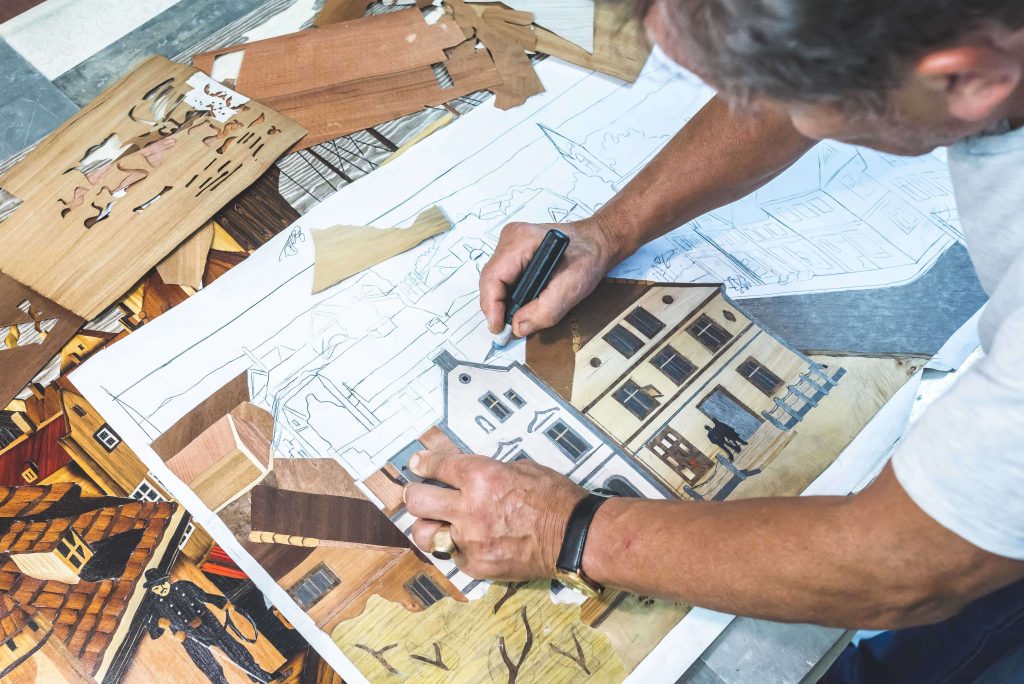
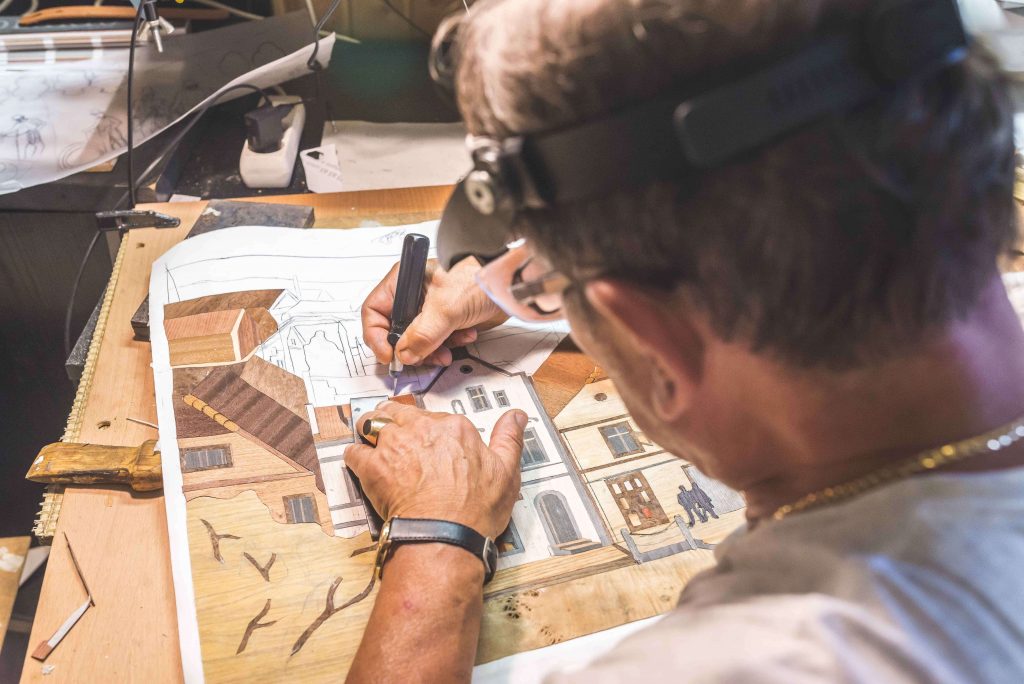
Zenon Pląskowski lives and creates in the region of Kociewie, in a small village of Rokocin. The area of Starogard Gdański have always been an inspiration for the artist. As he admits, he devoted his life to intarsia. First, from 1971 he polished his skills, to turn it into art.
The works of Zenon Pląskowski were showcased not only all around Poland, but also in Europe. Many art collectors from Poland and abroad are in possession of Mr. Pląskowski’s works.
Zenon Pląskowski lives and creates in the region of Kociewie, in a small village of Rokocin. The area of Starogard Gdański have always been an inspiration for the artist. As he admits, he devoted his life to intarsia. First, from 1971 he polished his skills, to turn it into art.
The works of Zenon Pląskowski were showcased not only all around Poland, but also in Europe. Many art collectors from Poland and abroad are in possession of Mr. Pląskowski’s works.
However, his activity does not end on intarsia. In the 1990s, together with Marek Zagorski, he opened the “N” Gallery (Galeria “N”). Many exhibitions important for Kociewie region were showcased here.
Although today the artist focuses mainly on his own creations, he still enjoys taking part in local community life, and is an active animator of culture in Kociewie.
Kontakt:
Zenon Pląskowski


